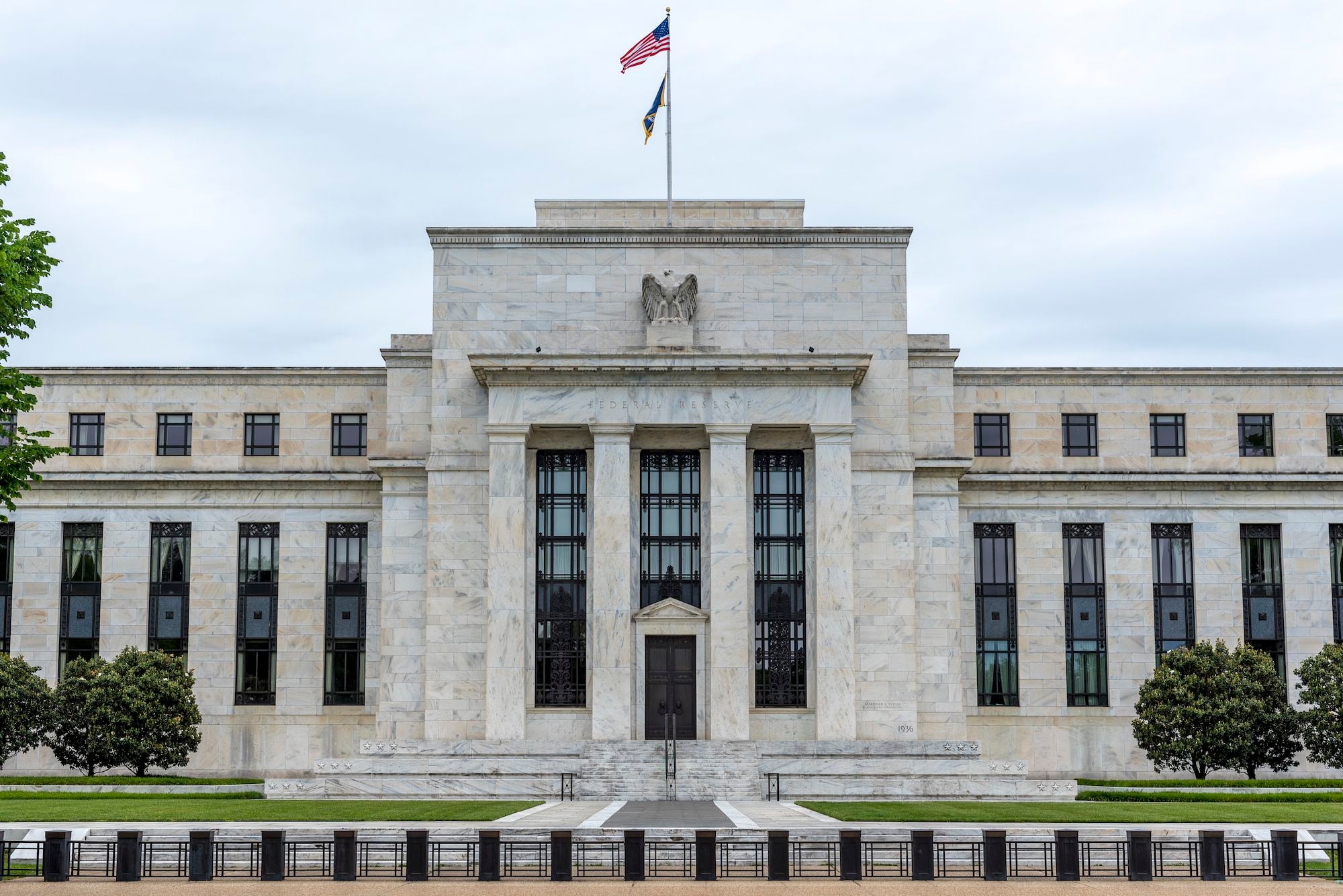Key Interest Rate Decisions Coming This Week From Fed, BOJ, BOE

Three major central banks are holding policy meetings this week and the results from each are anticipated to be at least somewhat different.
The first decision is set to come Wednesday (Tuesday evening in the U.S.) from the Bank of Japan and analysts are split on whether the BOJ will either raise its policy rate from the current 0%-0.1% or send a signal that a rate hike is soon to come. What's known is that inflation in Japan has been above the bank's 2% target for some time and the yen – though rallying of late – continues to hover near multi-decade lows versus the U.S. dollar.
The WSJ also reported that the BOJ believes tighter monetary policy could boost sluggish consumption in Japan as higher rates would further buoy the yen and ease the prices of key imports like gasoline and food.
Next up will the decision by the Federal Reserve on Wednesday afternoon (U.S. hours). While virtually no one sees the Fed as cutting the fed funds rate for the first time since 2020, nearly all anticipate the U.S. central bank as indicating its expectation that it will trim rates at its next meeting in mid-September.
Indeed, current rate cut odds for September are at 100%, according to CME FedWatch, with a 12% chance the Fed trims by 50 basis points instead of the customary 25.
Early Thursday afternoon in the U.K. will bring the Bank of England's policy decision and both economists and rate markets are split roughly 50/50 on whether that central bank will ease policy for the first time in several years. What's more certain is that even if the BOE does cut rates, it's likely to indicate a very cautious approach, i.e. indicating to markets that a string of easings should not be yet expected.
What's it mean for bitcoin?
Barring a surprise such as, for instance, the Fed indicating that a September rate cut is not yet a sure thing, bitcoin {{BTC}} prices may not be affected that much by the central bank news this week.
Longer term, though, it appears that at least a modest series of rate cuts across all major central banks except the BOJ are the new norm. In addition to developments at the Fed and BOE, the European Central Bank trimmed its policy rate earlier this summer and the Bank of Canada has cut twice in the past few months.
All things being equal, easier monetary policy tends to be good for risk assets such as bitcoin. Markets do tend to anticipate though, and while bitcoin's 56% year-to-date rally is commonly mostly attributed to demand from the U.S.-based spot ETFs, at least some of that move may have come on the expectation that Western monetary policy was about to enter an easing cycle after a multi-year tightening trend.








